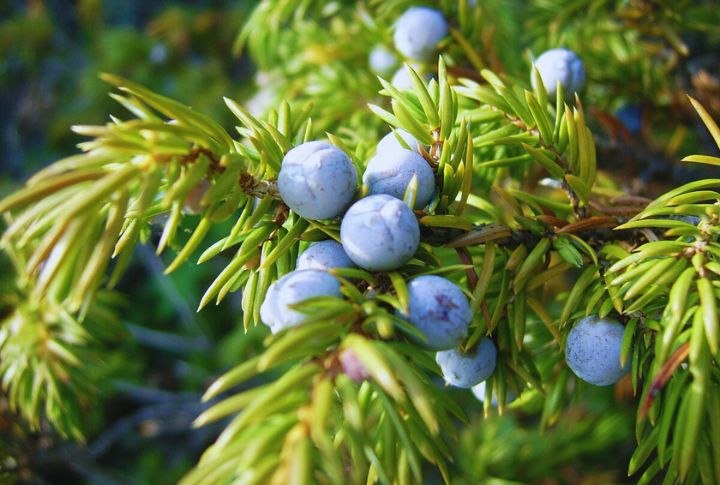
Native American cultures have long revered the natural world, with plants playing a central role in their traditions, healing practices, and daily lives. These plants aren’t just resources; they are symbols of connection, spirituality, and resilience. Each one carries a story—one rooted in history and alive in modern ceremonies. Let’s explore the fascinating world of sacred plants that continue to hold deep meaning for Native American tribes.
Water Potato
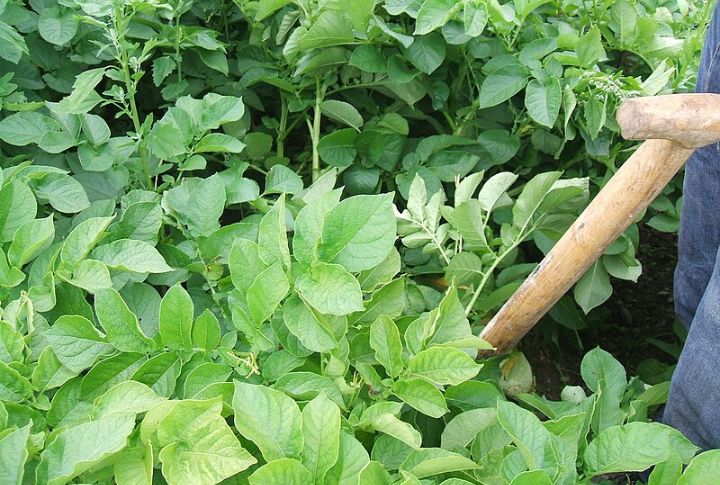
The Coeur d’Alene tribe in Idaho traditionally harvested water potatoes from wetlands. These tubers were a vital food source and remain central to their cultural identity. Today, the Coeur d’Alene tribe celebrates Water Potato Day every October to honor the plant’s importance.
Yarrow
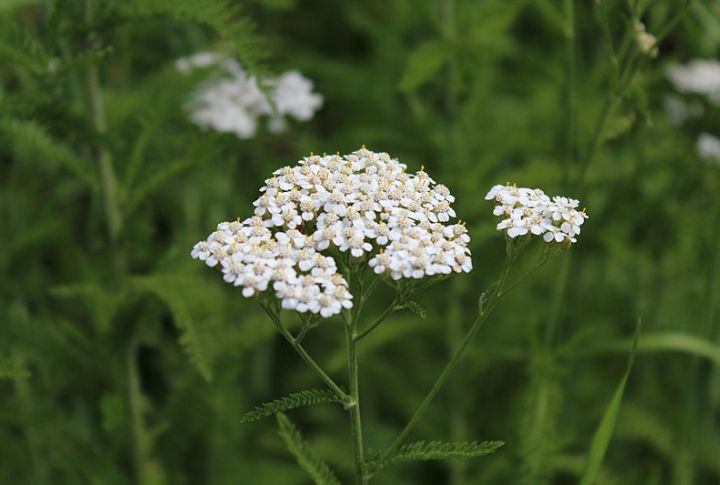
Known for its medicinal properties, yarrow was important to the Coast Miwok in treating wounds, curing digestive problems and respiratory ailments, and as a pain reliever. Its attractive flowers and leaves make it popular in ornamental gardening. Although it is sometimes used to enhance food flavor, it is also used to feed livestock.
Cattail
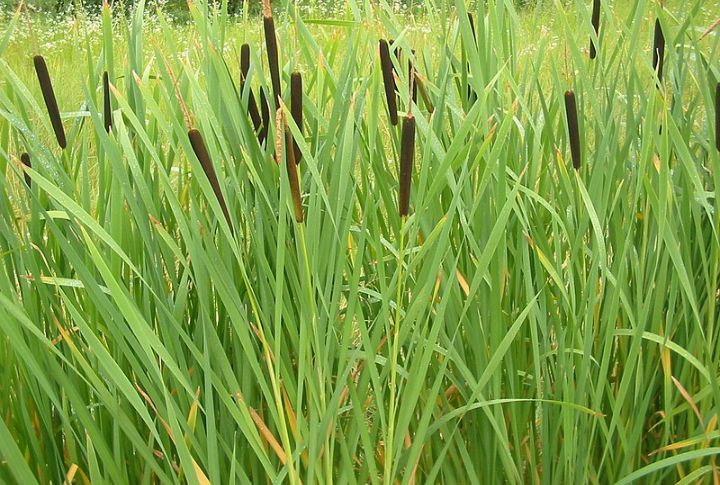
While it is widely considered a menace, cattails were essential to many tribes, including the Ojibwe, for their multifaceted uses. The plant provided material for mats, baskets, and bedding. Additionally, various parts were consumed as food. Their pollen is rich in protein and vitamin A, while the roots are an excellent starch source.
Sweetgrass
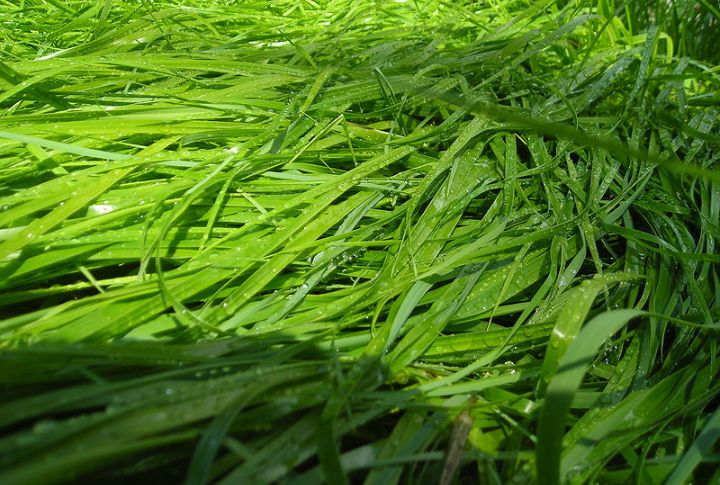
Sweetgrass is considered sacred to several Plains tribes. Its vanilla-scented leaves are braided and burned in ceremonies to attract positive energies and as offerings. The plant symbolizes kindness and is integral in rituals promoting peace and unity. It’s now used in bath salts and has been found to have antioxidant properties.
Devil’s Club

Native to the Pacific Northwest, tribes like the Tlingit use this plant for its medicinal properties. Despite its intimidating appearance, herbs from its bark and roots treat ailments such as arthritis, digestive issues, and respiratory conditions. The plant’s charcoal was also used as a pigment in ceremonial face paints and tattoo inks.
Juniper
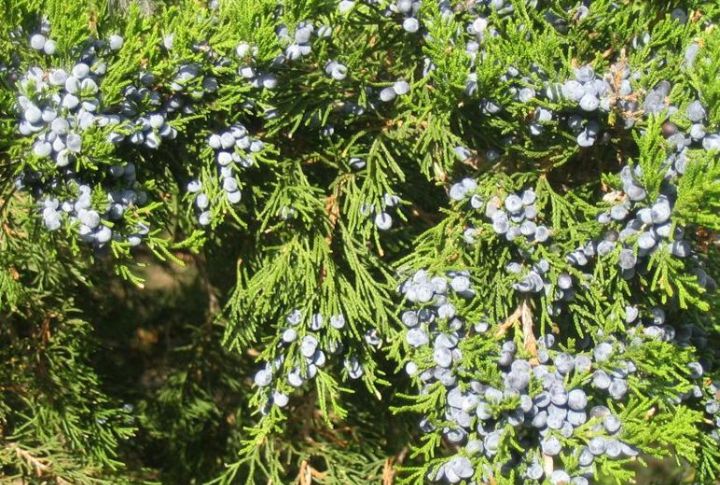
The Navajo use juniper ceremonially and medicinally. Juniper ash is added to traditional foods like blue corn mush to enhance nutritional value. The plant is also featured in healing rituals and protects against negative forces. Today, juniper oil is used in diuretics, while juniper wood is prized for its durability.
Wild Rice
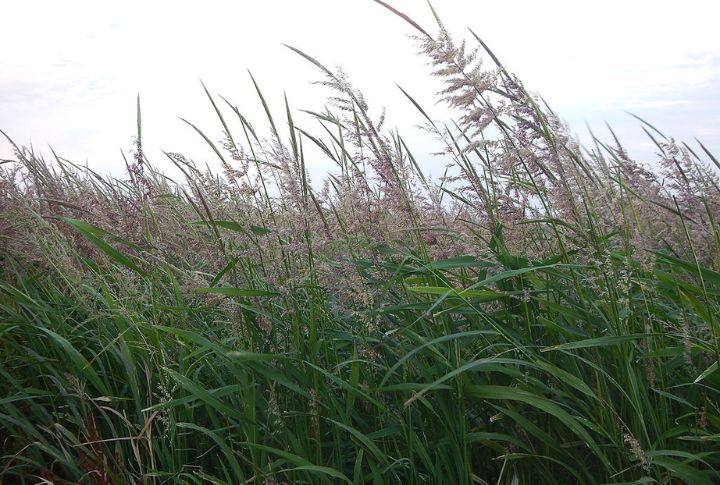
Wild rice, or manoomin, is a sacred food for the Ojibwe in the Great Lakes region. Harvested from lakes and rivers, it is a dietary staple in cultural ceremonies. It was used in soups, stews, and salads. It now remains important, with Minnesota, the biggest producer of the aquatic grass, producing around 10 million pounds annually.
Bearberry
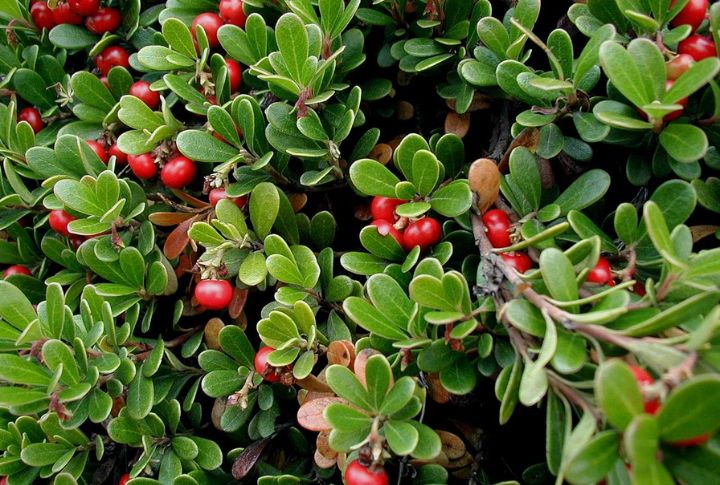
Also known as kinnikinnick, bearberry leaves were used by various tribes, including the Coast Miwok, as a base for smoking mixtures in ceremonial pipes. The plant also had medicinal uses, such as treating urinary tract infections. It also had culinary applications, as it was either eaten raw or added to soups and stews.
White Sage
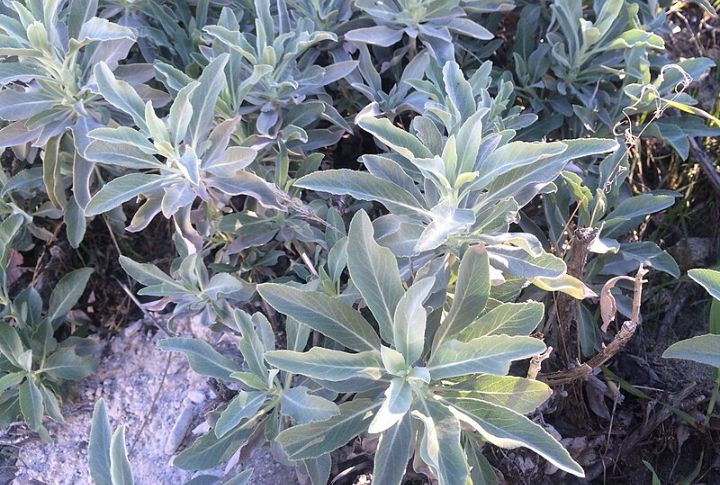
White sage, revered by tribes such as the Chumash in California, is traditionally used for purification rituals. Burning its leaves in smudging ceremonies is believed to rid spaces of negative energies and promote healing. Modern medicine has found it helps with menstrual cramps, depression, and sore throats.
Serviceberry
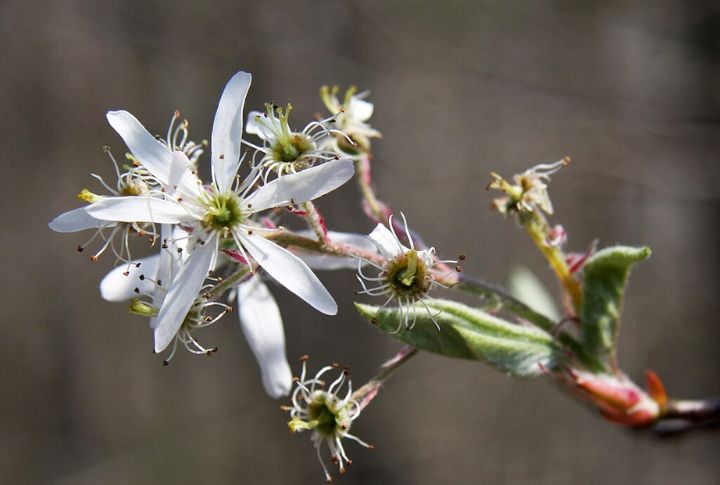
Serviceberries were harvested by tribes such as the Blackfoot for their sweet fruits. Although they were sometimes eaten fresh, the Natives also dried them for nourishment during winter. They were mixed with bison or deer meat to make pemmican, a long-lasting food concentrate for winter and travelers.

